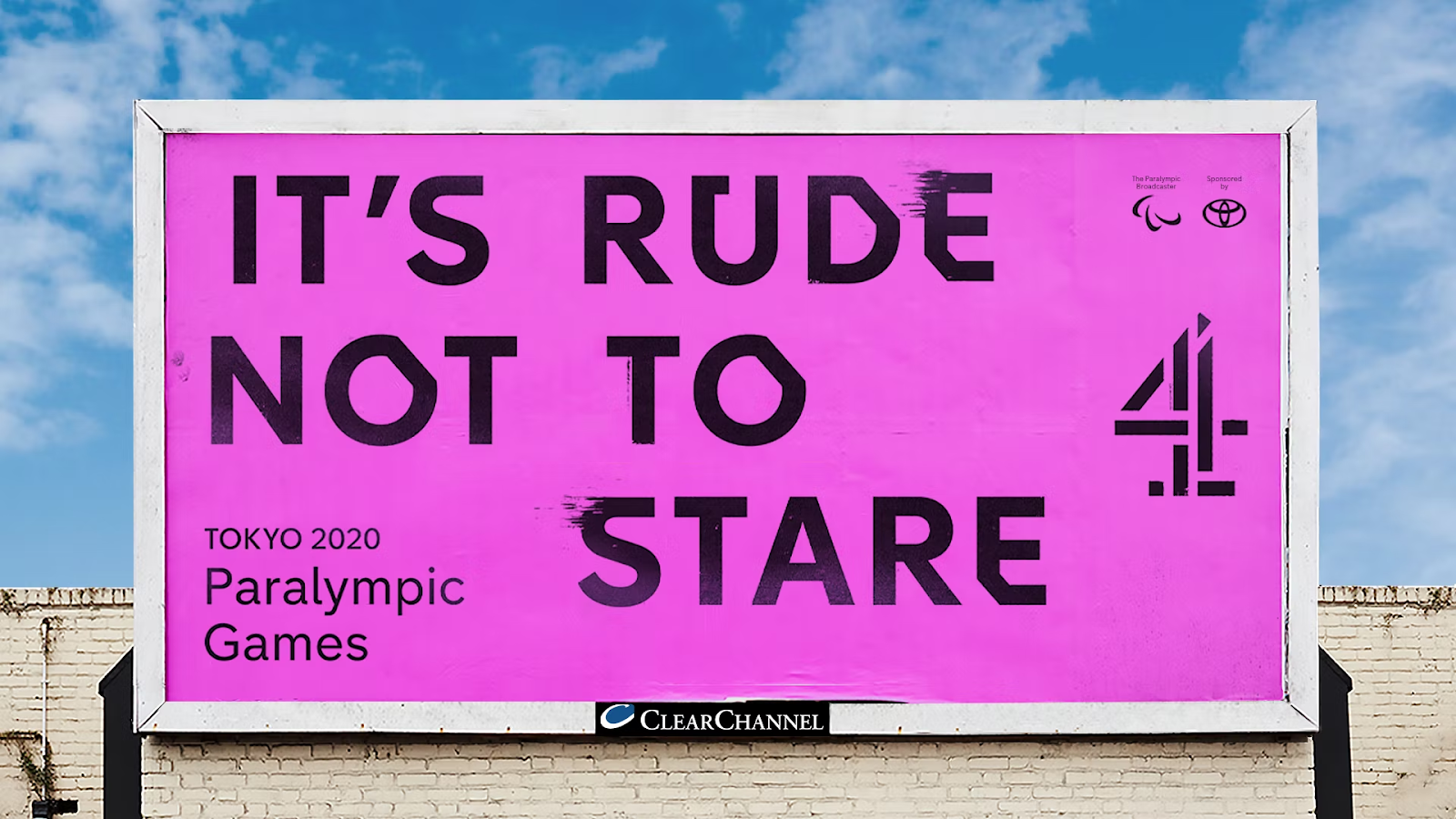The Future

Learn, Adapt When choosing the GedEd courses I have taken throughout my college experience, I was very deliberate. I wanted to take classes that would teach me important things about life and classes that would open my mind to different perspectives, people, and lives. I've taken classes about the Black Power Movement, Latin America, and the Holocaust. When I saw this class, I knew I wanted to take it. In the beginning of the semester, I did not know much about disabilities in general, much less disabled sports. I had only ever briefly heard of the Paralympics and the Special Olympics, but everything else was very new to me. I liked learning things in this class from people who are disabled themselves. Many of the videos were from speakers who are disabled or that feature para-athletes. I think it is really important that they have platforms that allow their voice to be heard. While it is very important for there to be allies supporting and raising the voice...





